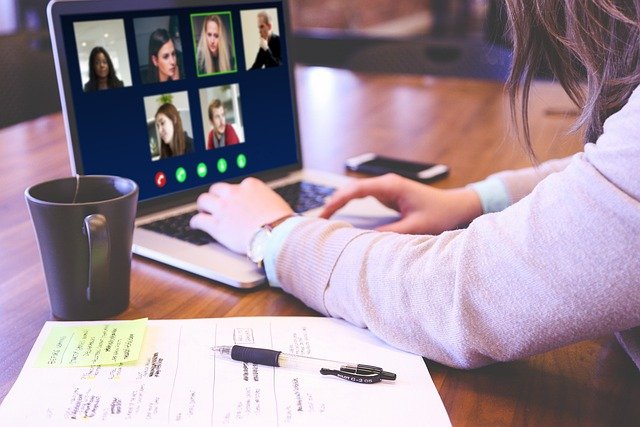This post is sponsored by Ricoh
The drastic shift to remote working that took place during the coronavirus pandemic showed many businesses that offering more work-from-home options was not only possible, but in some cases, preferable. Security risks rise, however, when company assets are accessed from anywhere other than an office environment. It is incumbent upon businesses to regularly review and update their policies, procedures and protocols for minimizing offsite risks. To keep employees and company assets safe, take these considerations into account in your planning:
Assess security policy compliance
A survey of remote workers by NinjaRMM found that 42% of respondents ignored their company’s security rules on purpose. Workers cited these reasons for their actions: they were frustrated by the slow response of the IT department in addressing their problems, they found it easier to do work on their personal accounts, and they thought that company security policies interfered with their productivity. Business leaders should set the rules and ensure that they are followed, but they also need to listen to employee complaints to strike a reasonable balance between security and compliance.
Use multi-factor authentication
Multi-factor authentication (MFA) requires that the user successfully go through several layers of credentializing before access to sensitive data is granted. In addition to the typical username and password, an MFA security system might ask for proof such as a distinct employee PIN number, a fingerprint or other biometric characteristic, or voice recognition. Since it is impossible to know or control the devices that third-party partners use, businesses should insist on this type of security system in those relationships as well.
Set up enhanced email precautions
All it takes is one remote worker to fall for a malicious email from a bad actor to give them access to your files and compromise your assets. One way to cut down on this possibility is to put an email protection system in place. The Domain-based Message Authentication Reporting and Conformance protocol or DMARC is an email security system designed to protect your domain from things like phishing and malware attacks, and to provide information about the sender.
Implement data backup and recovery
A remote workforce increases the risk of losing or compromising your company’s data and intellectual property. To mitigate these risks, make sure that you have an adequate data backup and recovery plan in place. If you have an existing plan, review it periodically to see where your vulnerabilities are and what changes or updates need to be made. Instruct your remote workers not to back up data only to their own devices. Some companies are using a cloud-based backup solution that allows all workers to save and retrieve files at any time, whereas others opt for a file sharing backup protocol.
Protecting your data from both internal and external threats is essential for maintaining a functioning business. Setting up and updating clear policies and procedures now will provide peace of mind in the event of an actual emergency later.
Ricoh has Cloud, Security and a wide range of remote work solutions to meet your digital transformation needs. Watch the video to learn more.
